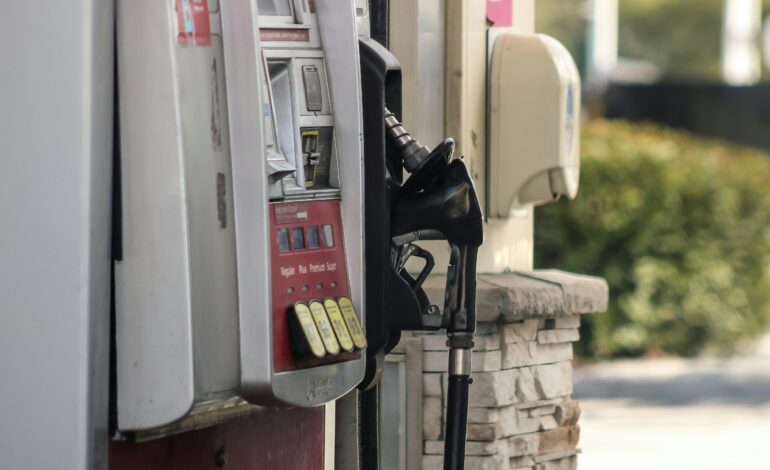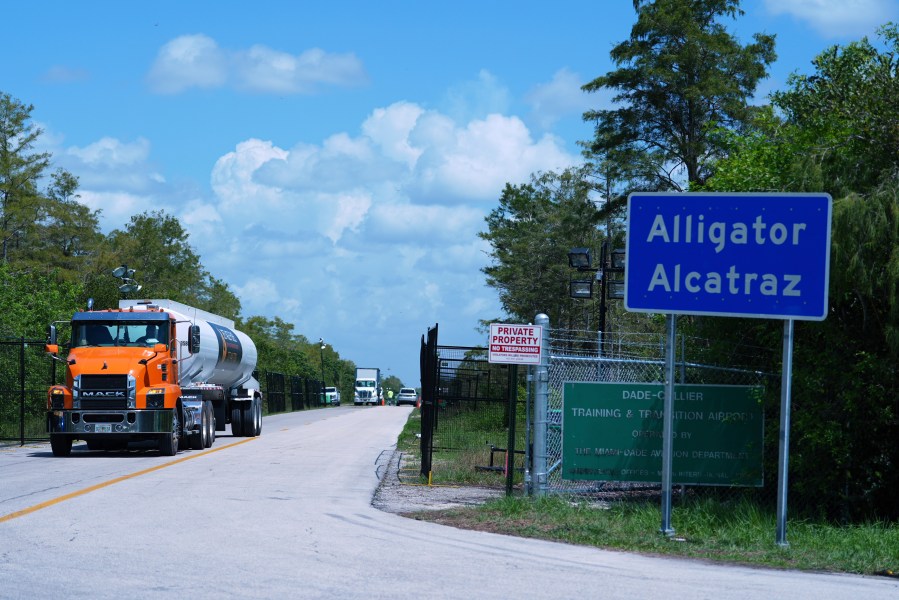New Jersey Residents Save on Gas Spending Amid Cost of Living

A recent study reveals that New Jersey residents spend a smaller portion of their monthly income on gas compared to many other states in the U.S. Despite the high overall cost of living in the state, drivers in New Jersey allocate only 1.57% of their income to fuel expenses. This figure is significantly lower than the national average of 2.28%, according to research conducted by FinanceBuzz.
New Jersey’s Gas Spending Insights
The study highlights a stark contrast between New Jersey and states where residents face higher gas expenditure. States such as Mississippi, Wyoming, and Arkansas report gas spending percentages ranging from 3.73% to 2.84%. This discrepancy stems primarily from longer commutes, with residents in those states driving over 1,030 miles per month. In contrast, New Jersey’s smaller geographical size and higher average salaries contribute to a more favorable gas spending ratio.
Interestingly, New Jersey ranks as the fifth lowest in terms of gas spending as a percentage of income. The District of Columbia leads with just 0.76%, followed by New York at 1.22%, Rhode Island at 1.38%, and Massachusetts at 1.47%. These figures reflect the economic dynamics of the area, allowing residents to retain more of their income for other essential expenditures, despite the overall high costs associated with living in New Jersey.
The Impact on Residents
The reduced spending on gas provides New Jersey residents with additional financial flexibility. With the rising costs of housing, groceries, and other living expenses in the state, the savings at the pump can have a meaningful impact on household budgets. As residents navigate the challenges of high living costs, these savings can make a notable difference in their ability to manage daily expenses.
While New Jersey’s gas prices are influenced by various factors, including regional supply and demand, the state’s economic landscape helps mitigate the financial burden that fuel costs typically impose on drivers. This positive news comes as a welcome relief in a state often characterized by its high living expenses.
As fuel prices continue to fluctuate, the trends observed in New Jersey may serve as an interesting case study for other states grappling with similar economic challenges. The balance between income levels and living costs is crucial in determining how much residents spend on essentials like gasoline. With ongoing changes in fuel prices, monitoring this ratio will be essential for understanding its future implications on New Jersey’s economy and its residents’ financial well-being.






